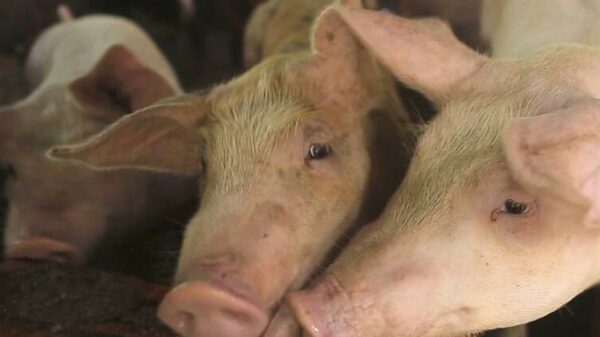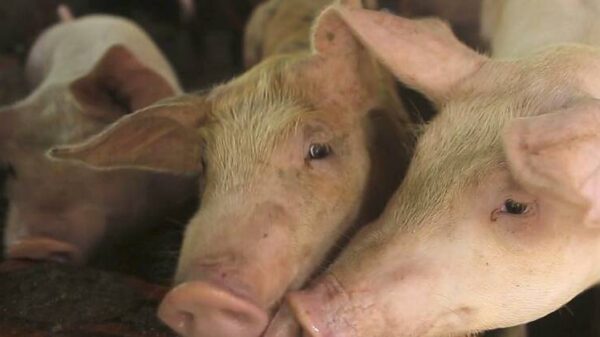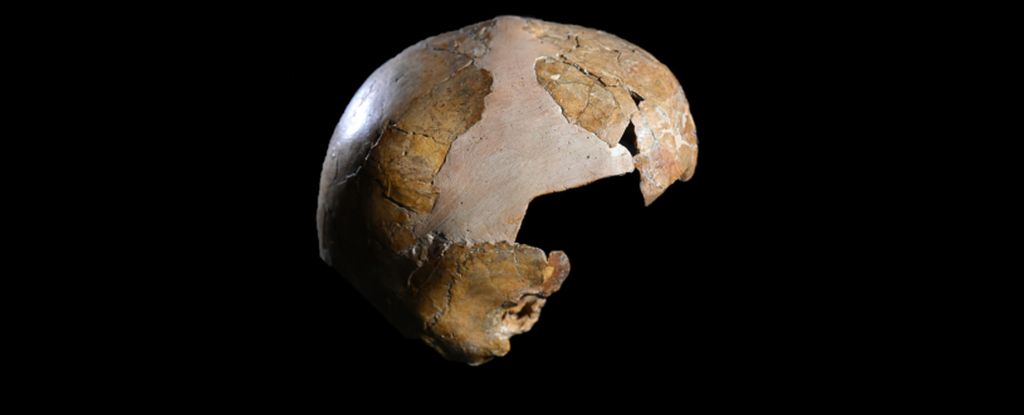URGENT UPDATE: New research has unveiled the skull of a child that is the oldest direct evidence of interbreeding between Neanderthals and Homo sapiens, dating back approximately 140,000 years. This groundbreaking discovery, made in Skhul Cave on Mount Carmel in Israel, is set to revolutionize our understanding of human ancestry and migration.
The skull exhibits a unique blend of anatomical features from both species, including a skull shape akin to modern humans paired with inner ear structures typical of Neanderthals. Israel Hershkovitz, an anthropologist at Tel Aviv University, stated, “The fossil we studied is the earliest known physical evidence of mating between Neanderthals and Homo sapiens.” This finding challenges previously held beliefs about the timeline and interactions between these two groups.
Discovered during excavations in 1931, the child’s remains were initially categorized as early modern human, but the latest analysis reveals a complex genetic history. The study utilized advanced 3D scanning techniques to examine the partial cranium and mandible, leading to insights about the child’s blood supply system and anatomical structure.
This revelation emerges against a backdrop of evolving theories about Neanderthal presence in the region. Previous assumptions suggested Neanderthals arrived in this area around 70,000 years ago, but new fossil evidence indicates they may have been in Israel for as long as 400,000 years ago. Researchers from the French National Museum of Natural History and the University of Liege collaborated on this vital study, published in the journal L’Anthropologie.
The implications of this research are profound. By demonstrating that the Skhul child represents a product of ongoing genetic exchange, it illuminates the intricate history of human evolution. The findings underscore the significance of Neanderthal contributions to modern human genetics, which has been traced back as far as 250,000 years ago.
As we delve deeper into our shared past, this discovery invites us to reconsider the narrative of human development. The Skhul child’s skull not only serves as a crucial artifact but also as a reminder of the complex tapestry of our ancestry.
Authorities and researchers emphasize the importance of this work for future studies, urging continued exploration of human origins. The scientific community is keenly focused on what comes next, as further investigations may yield even more insights into how these two species coexisted and interacted over millennia.
Stay tuned as we bring you more updates on this developing story, which reshapes our understanding of humanity’s history and the rich genetic legacy we all carry.































































